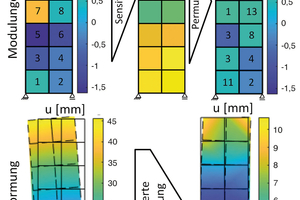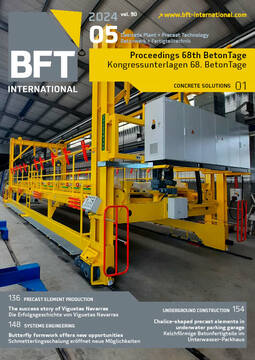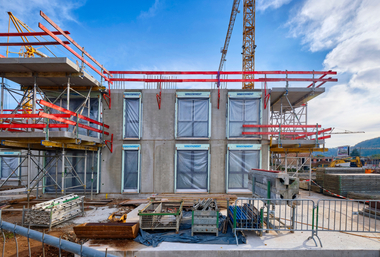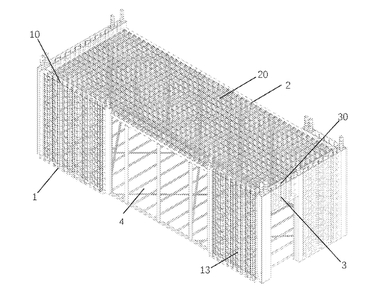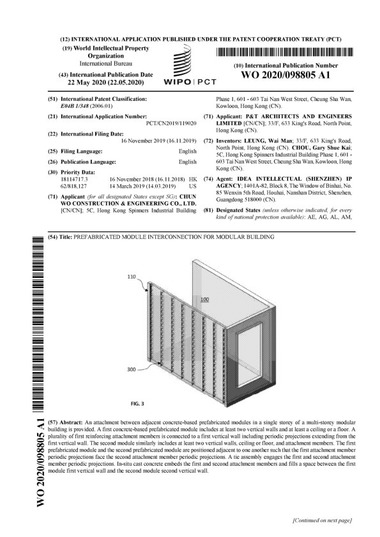Building from construction kits – Tolerance-compensating placement of modular precast elements
Modular construction relies on construction kits with only a small number of component types. This means that entire structures can be built from a large number of identical or similar prefabricated components. Such precast elements (modules) are suitable for serial mass production. They are prefabricated in a quality-controlled continuous flow process, which significantly speeds up construction progress on site. Latest advancements are currently being researched in Priority Program 2187 entitled “Adaptive modular construction made in a flux”.
Due to the large number of prefabricated components included in the modular load-bearing structure, inaccuracies in such components caused by the manufacturing process and the material superimpose each other. Then structural tolerances can often no longer be fulfilled to if the prefabricated elements are randomly placed. It is then possible to swap modules of the same type within the structure to compensate for tolerances in a controlled manner (permutation). In this case, a component that is “too long” would be paired with another that is “too short”. However, this becomes very complex even for a small number of precast elements and module types. For this reason, a method was developed that controls the placement of the elements while also detecting positions that have a significant effect on structural tolerances. The first approach is based on metaheuristics allowing for the matching of components to minimize structural deviations. The second approach uses sensitivity-based screening methods to identify the positions in the structure that require highly accurate prefabricated elements. The improved arrangement reduces structural inaccuracies by more than 50 % without having to rework modules (see Fig.) while also steering the quality requirements in the production process.

